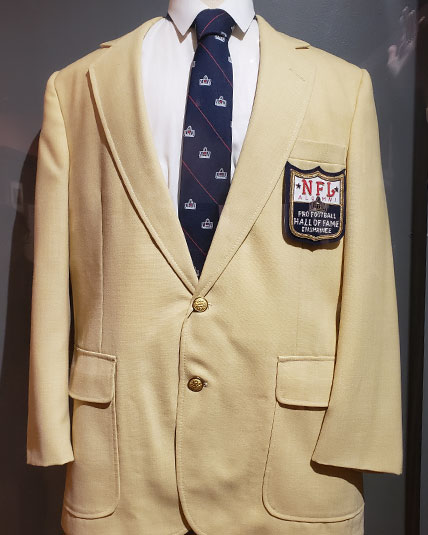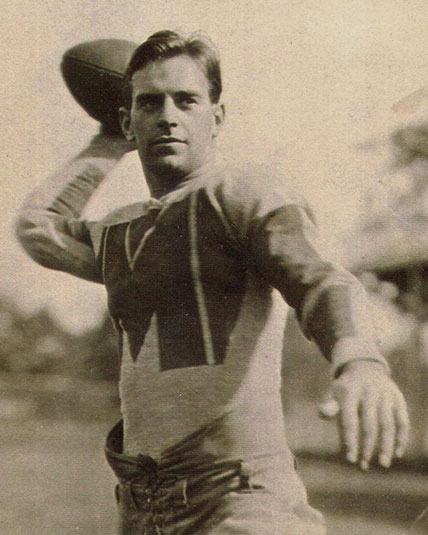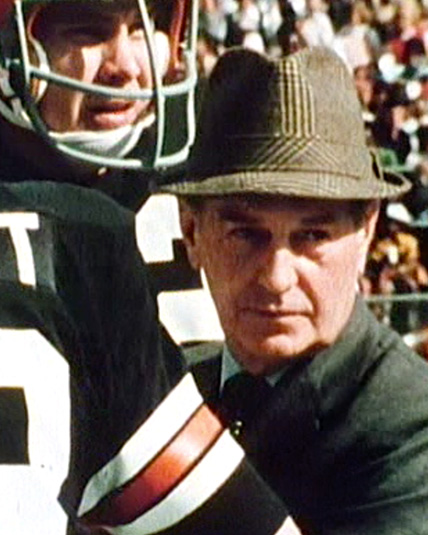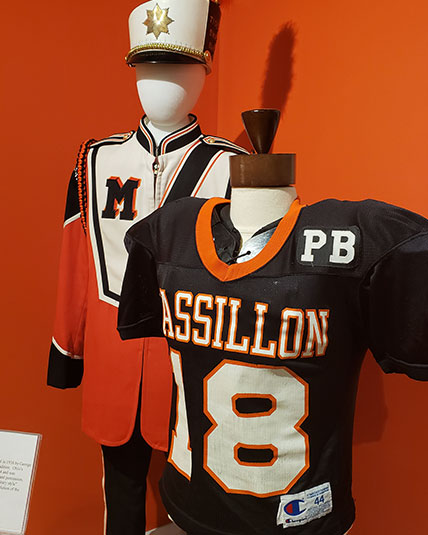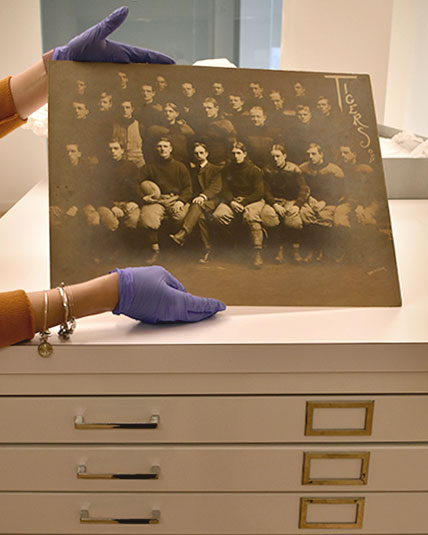NOW OPEN AT

A permanent exhibition space dedicated to the greatest coach who ever lived.
He was THE coach. He started teams, revitalized others and broke records. He also invented much of what we now take for granted in football. Paul Brown is a football legend. In high school, college and the pros, he made a mark in ways that can never be duplicated. It’s only fitting that this museum, a special and unique space devoted to the greatest coach who ever lived, reside here in Massillon where Brown grew up and became a high school coaching marvel. The Paul Brown Museum at MassMu features original artifacts from Paul Brown’s own collection; uniforms and clothing; photographs from all eras of his life and career; plus an interactive app, reference library and space devoted to the Massillon Tigers. This new tribute is a permanent space in Massillon Museum, located at 121 Lincoln Way East in Massillon, Ohio — only 8 miles away from the Pro Football Hall of Fame in Canton.
